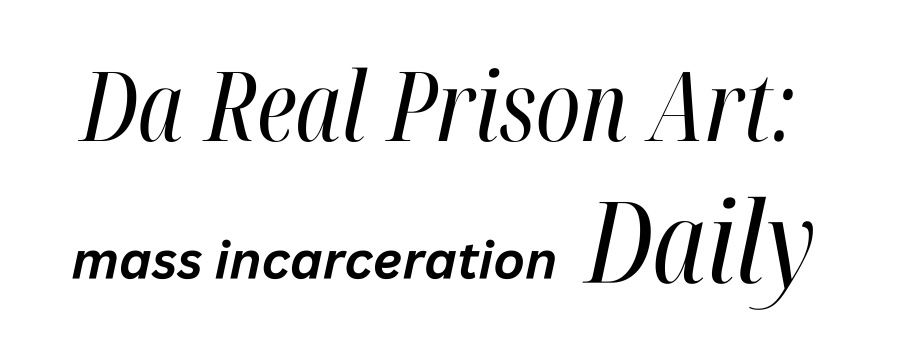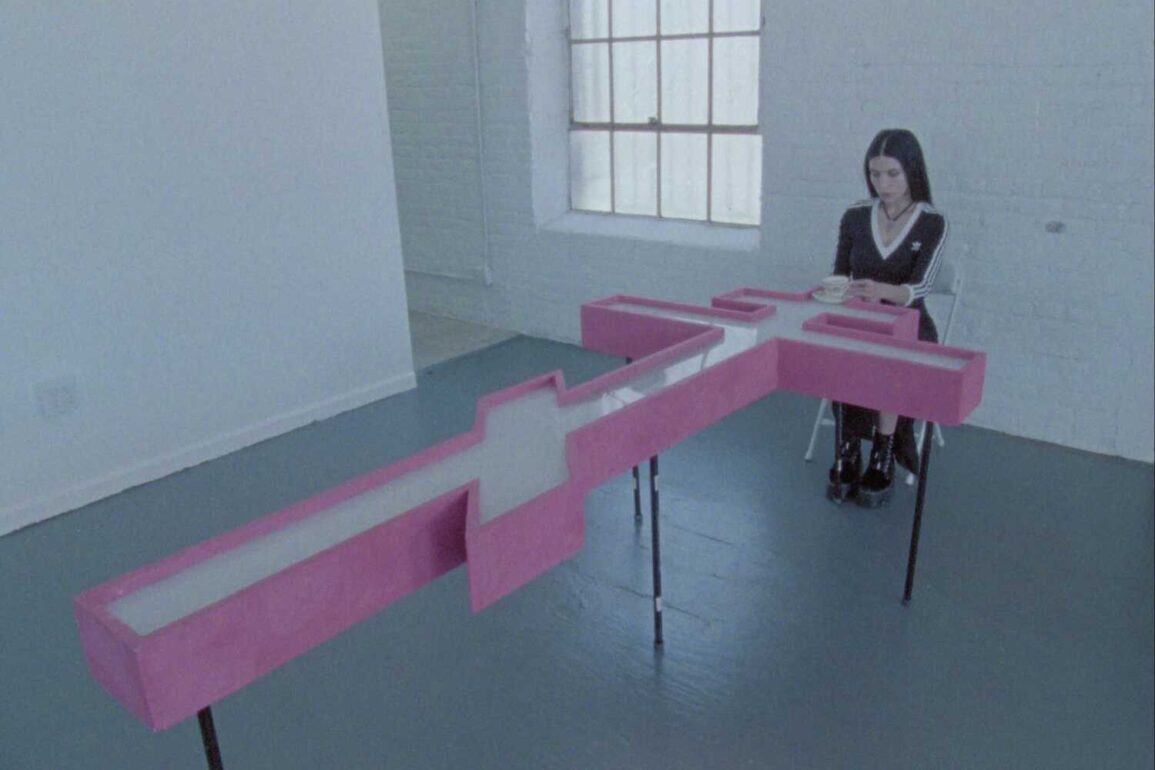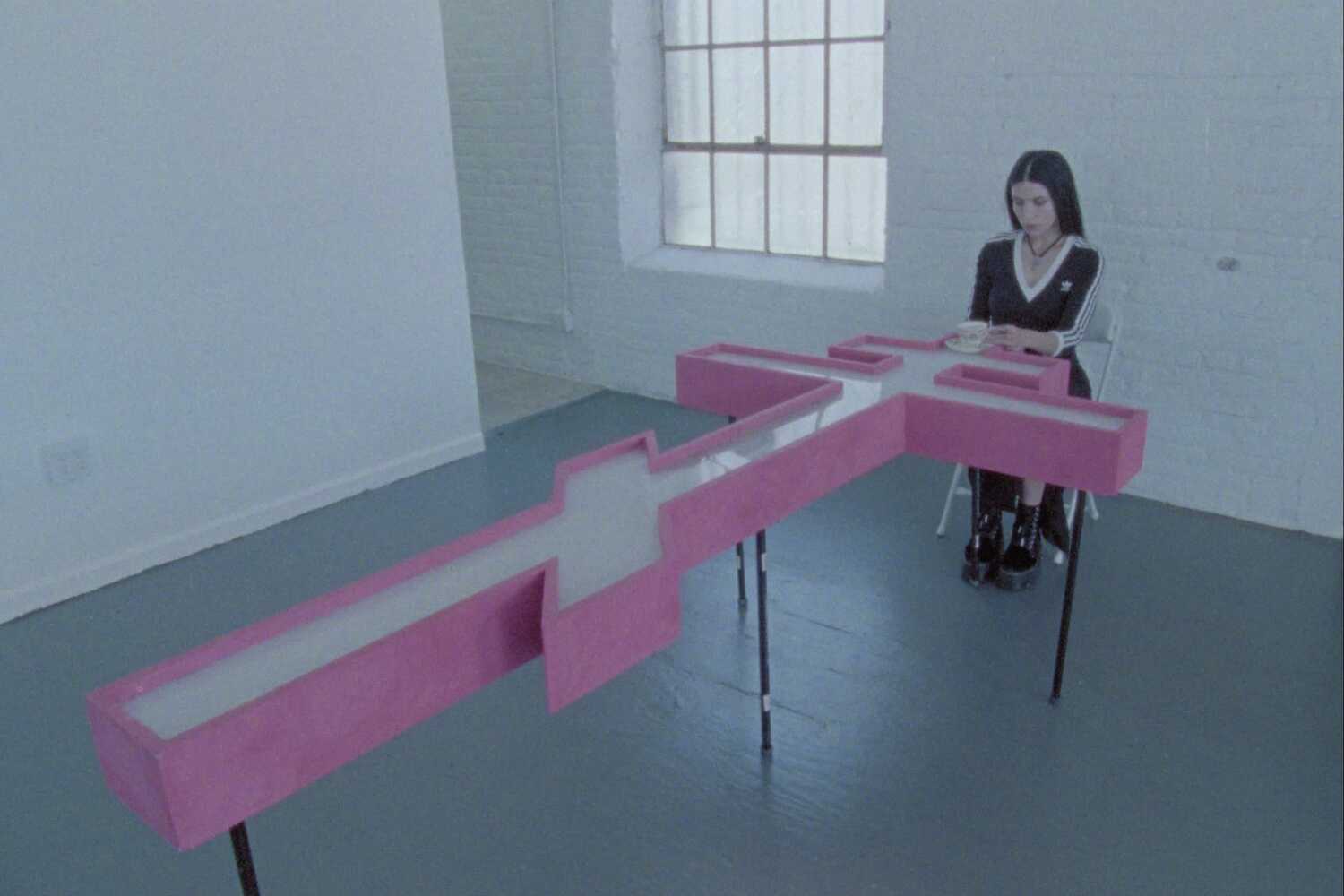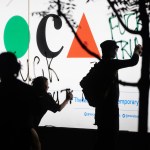Nadya Tolokonnikova, the founder of the feminist art collective Pussy Riot, has long experienced the threat — and reality — of government surveillance. After the group’s anti-Putin, balaclava-wearing, punk-inspired performance at Moscow’s main Orthodox Cathedral in 2012, she spent nearly two years in Russian prison. On her release, she was tracked by the police. Since 2021, the year when she was declared a “foreign agent” by Russia’s ministry of justice, she has lived in exile, bouncing from city to city in what she calls a state of “geo-anonymity.”
Next month, the outspoken Russian activist and artist will be subject to another kind of surveillance — in a jail of her own making. From June 5 to 14, Tolokonnikova, 35, will be spending her days in a corrugated-steel replica of a decrepit Russian prison cell, installed at the Museum of Contemporary Art (MOCA) Los Angeles. She will eat, drink and use the toilet in her “cell,” and will perform some of her aggressive noise-music rage-screeds there. Visitors can watch her through peep holes and a security camera feed.
“It’s my first durational performance,” she said, using a term for the stamina-testing genre popularized by the artist Marina Abramovic, who is a close friend. Tolokonnikova was sipping tea at a long, pink-rimmed table in the shape of a Russian Orthodox cross — her own design — in a temporary studio in Los Angeles. “I’m used to the intensity of short outbursts of energy.”
The MOCA show, “Police State,” is in one sense a reckoning with her incarceration, during which she went on three hunger strikes and published an open letter describing “slavery-like conditions.” She recalls how women in her penal colony were forced to work 17-hour shifts in a sewing factory at risk of injuries and even death. She has since tried TMS (Transcranial Magnetic Stimulation), anti-depressants and psychotherapy to process the experience, with mixed results.
“For me personally talk therapy didn’t work — I don’t love to talk about my feelings. But I’m interested in renegotiating trauma, rewriting your own personal history to bring your creativity into the mix,” she said. “This is art therapy, basically.”
This post was originally published on this site be sure to check out more of their content.








